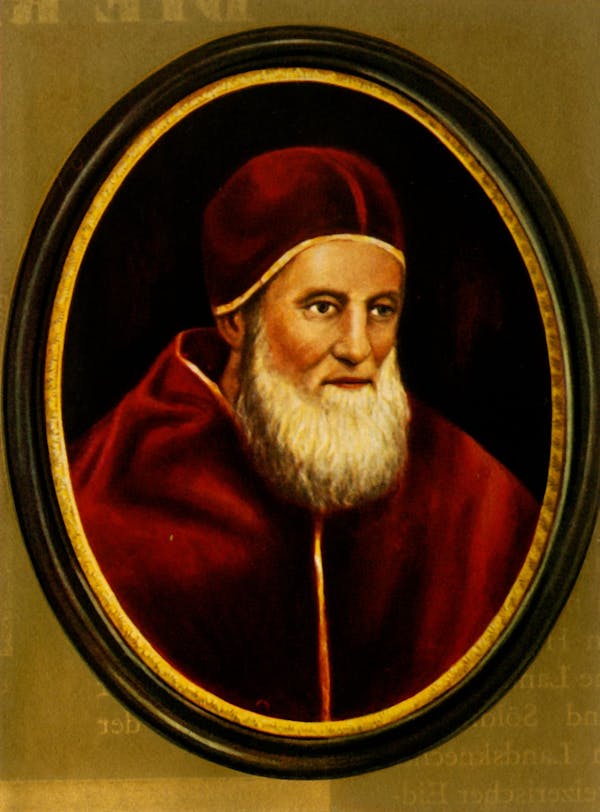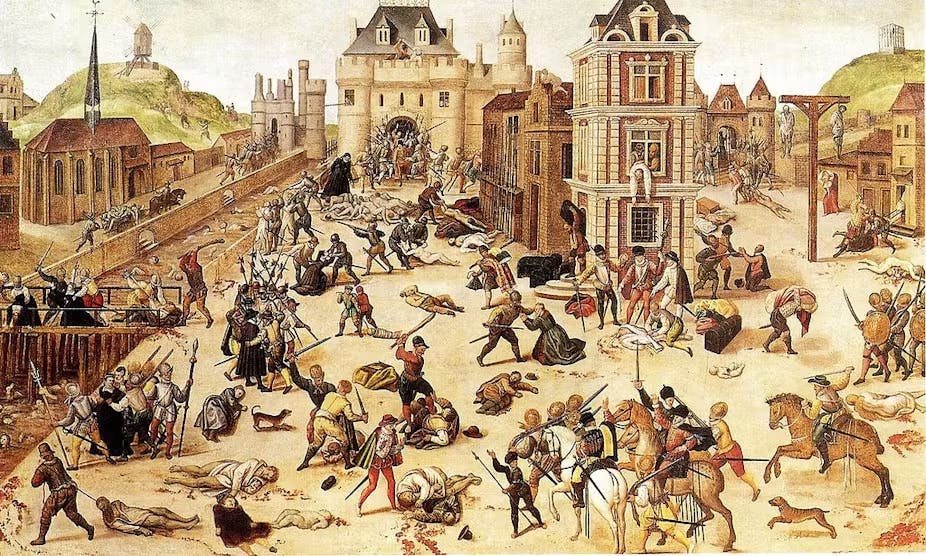
Julius II
1443 AD–1513 AD
Julius II (1443–1513), originally Giuliano della Rovere, was among the most powerful and vibrant popes of the Renaissance period. He was Pope from 1503 until his death in 1513 and is best known for his enormous contribution to art, architecture, and the political map of Italy. His life was characterized by his military expeditions, which were aggressive, efforts to reassert the dominance of the Papal States, and patronage of the arts, which enriched the cultural legacy of the High Renaissance.
Giuliano della Rovere was born on 5 December 1443 at Albisola, near Savona. He was born into a humble but influential family. His uncle, Pope Sixtus IV, was instrumental in his rise, making him a cardinal in 1471. With Sixtus IV, Giuliano built up a formidable position in the Catholic Church, accumulating numerous ecclesiastical offices and a reputation as ambitious and politically aware. He was also a serious opponent of Pope Alexander VI (Rodrigo Borgia), whom he had a contentious relationship with regarding the Papal States.
In 1503, when Pope Pius III died, Giuliano became pope and christened himself Julius II, named after Julius Caesar, reflecting his intention to rule with power and authority. As pope, the primary issue for Julius II was to restore the vigor and territorial integrity of the Papal States, which had been eroded during the time of his predecessors. He formed the League of Cambrai, a powerful alliance with France, Spain, and the Holy Roman Empire, to drive out Venice and recover lost territory. He subsequently turned against France and formed the Holy League in 1511 to drive out the French from Italy. Julius led some of these military campaigns personally, earning the nickname “The Warrior Pope.” Under his leadership, the Papal States were expanded and stabilized, solidifying the temporal power of the papacy.
One of Julius II’s most enduring legacies is his patronage of the arts, which helped define the High Renaissance. He commissioned some of the most iconic works of the period, including the Sistine Chapel ceiling by Michelangelo. Despite opposition from the artist initially, Julius forced Michelangelo to finish painting the ceiling of the chapel, which turned out to be one of the most famous masterpieces ever. He also commissioned Raphael to decorate the Vatican papal apartments, which resulted in the famous frescoes of the Stanze di Raffaello.
He also ordered the construction of the new St. Peter's Basilica, a large-scale project that would last for over a hundred years to complete. Its foundation stone was laid before his eyes in 1506, and he commissioned architects like Bramante to design the large structure that remains one of the most popular icons of the Catholic Church. Although Julius II is most renowned for his artistic and military victories, he also wanted to reform the clergy and reduce corruption in the Church. He summoned the Fifth Lateran Council in 1512 to address issues of church discipline and clergy abuse, although most of the reforms were not carried out to their maximum extent during his lifetime.
Julius II died on February 21, 1513, leaving behind a complicated but important legacy. His conquests and political machinations worked to strengthen the Papal States, and his sponsorship of artists and architects had a profound effect on Renaissance art and culture. While criticized for his bellicose leadership style, Julius II is one of the greatest popes of his time, representing the grandeur and complexity of the Renaissance papacy.

